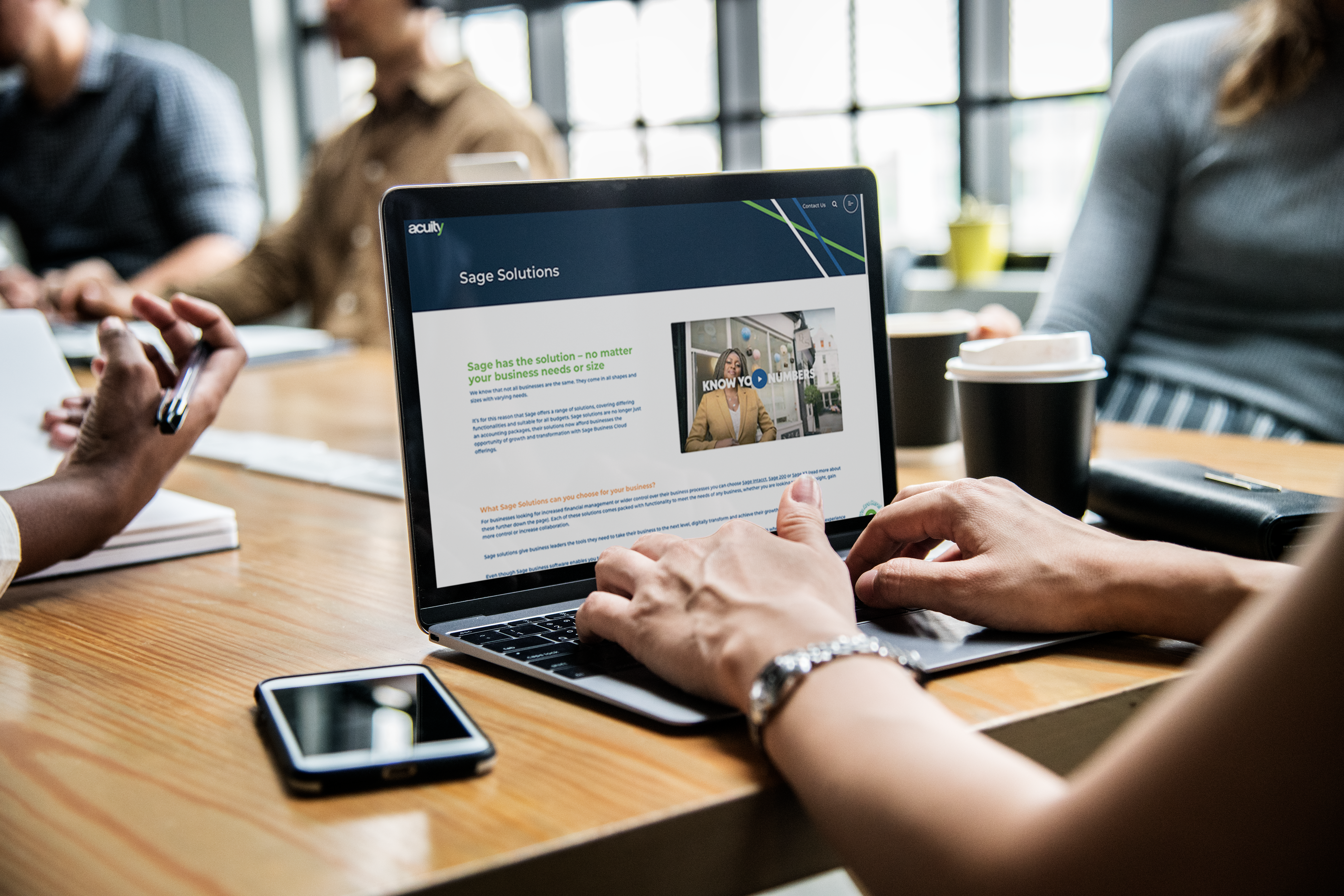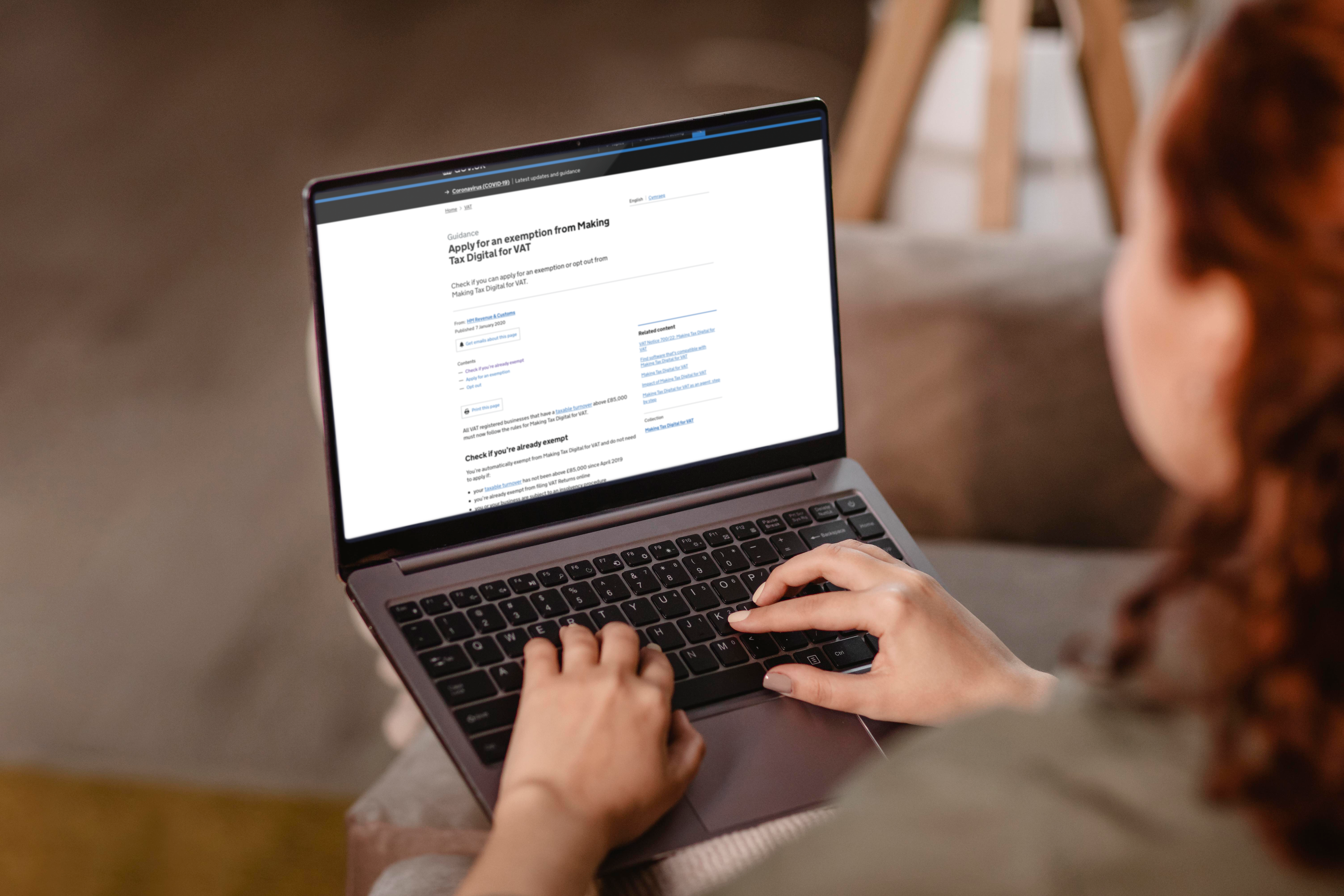What is Making Tax Digital?
According to the gov.uk website, “Making Tax Digital is a key part of the government’s plans to make it easier for individuals and businesses to get their tax right and keep on top of their affairs.”
With Making Tax Digital (MTD), HMRC aims to become one of the most digitally advanced tax administrators in the world.
What’s happened so far?
Since April 2019, VAT registered businesses above the threshold of £85,000 have been required to submit their VAT returns via a “functional compatible software” and store VAT accounting records digitally.
February 2023 Update
The final phase came into effect in November 2022, with all VAT registered businesses now required to be using MTD compliant software and keep digital records. Paper returns and old online VAT accounts can no longer be used.
What’s next?
The next stage for MTD begins on 1st April 2022, when use of MTD for VAT accounting will be mandatory for all VAT registered businesses, including those that sit below the £85,000 VAT threshold.
February 2023 Update
The April 2024 deadline applying to taxpayers filing income tax self assessments on an annual income over £50,000 has been extended to April 2026.
By April 2027, those with annual incomes between £30-£50,000 who are self employed will also need to submit their income tax self assessments digitally.
What does this mean for businesses not already using MTD?
From 1st April 2022, it will no longer be possible for businesses to submit their VAT returns manually via the HMRC website. As a result, all businesses must submit VAT returns for their first full period from 1st April via a “functional compatible software”.







